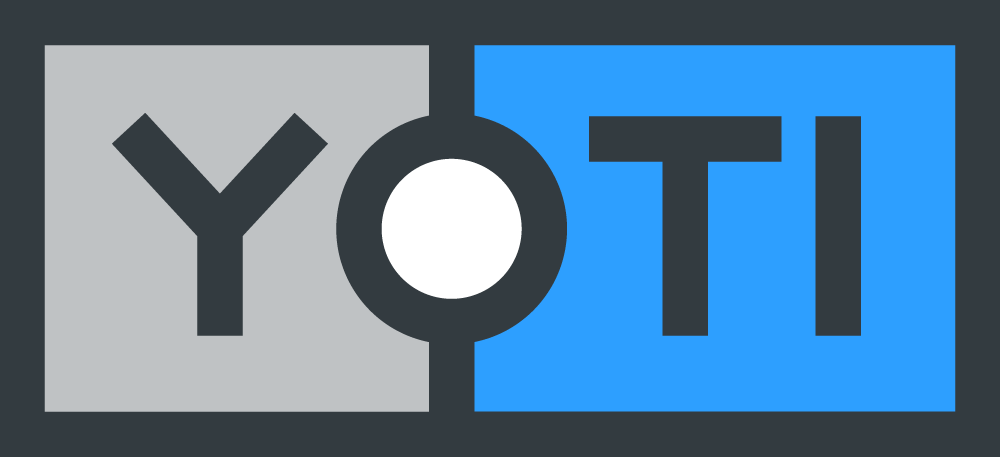The Digital Identity Toolkit
Our no-nonsense guide to help demystify the world of digital identity.


Demystifying digital identity
There are already plenty of digital identity resources out there, so why another? Well, most are rather lengthy technical reports which are hard for developers, non-profits, journalists or members of civil society to unpick. There’s a lot of confusion about what digital identities are (and are not). We believe that if the technology is to be genuinely useful, then it is crucial that people understand the technology first.
This easy-to-use toolkit aims to provide you with everything you need to know about digital identity. In order to make it as accessible as possible, we’ve broken it down into seven separate sections so you can dive straight into the areas that interest you the most.
We hope you find our Digital Identity Toolkit helpful and welcome your feedback about how it could be improved.
The Toolkit
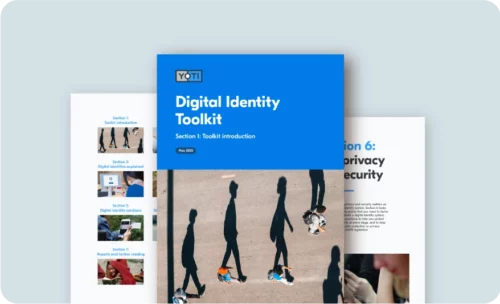
Section 1
Toolkit introduction
This section provides a summary of the Toolkit’s content and gives an overview of each section.
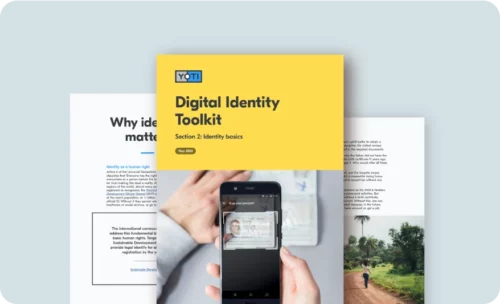
Section 2
Identity basics
This section unpacks what identity is, what it can be used for, the types of traditional (non-digital) identification and why it matters. It also explores the impact of identity and some of the consequences of living without a form of identification, before giving a brief history of identification and looking into the shift from paper-based identities to digital ones.
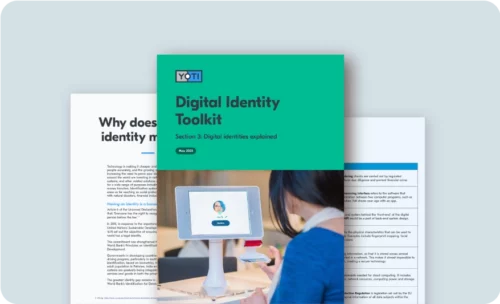
Section 3
Digital identities explained
This section dives into how to create a digital identity and what it can be used for. It explores digital trends and developments, provides advice on how to establish and manage a digital identity, and looks at the different types of digital identity providers and why they matter.
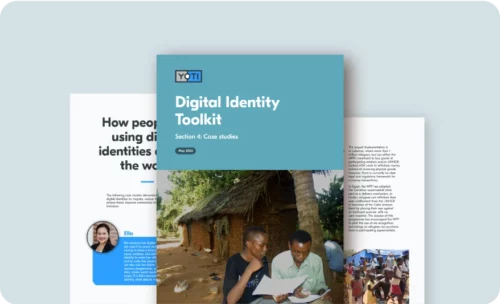
Section 4
Case studies
This section details how governments, the private sector and NGOs around the world use digital identities in different ways, from supporting access to critical humanitarian services and facilitating collaboration across borders, to enabling access to a wide range of governmental and financial services.
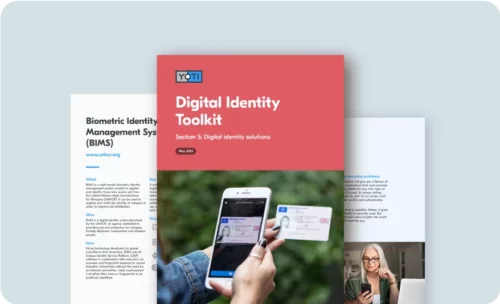
Section 5
Digital identity solutions
This section looks at the different types of non-profit digital identity solutions. It details the type of solution, who it targets, how it is used, its unique selling point (USP), and a few key uses, in order to provide some insight into which non-profit solution may be best for you.
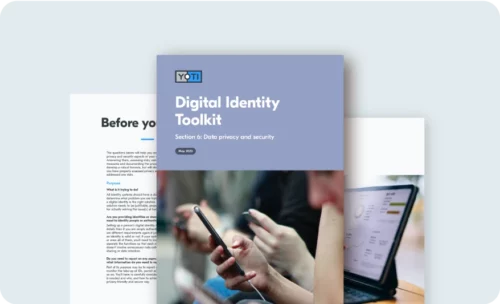
Section 6
Data privacy and security
This section explains the key privacy and security points that need to be considered when planning, developing and building a digital identity system. It contains a detailed checklist of questions to help protect the privacy and security of the system’s users at every stage.
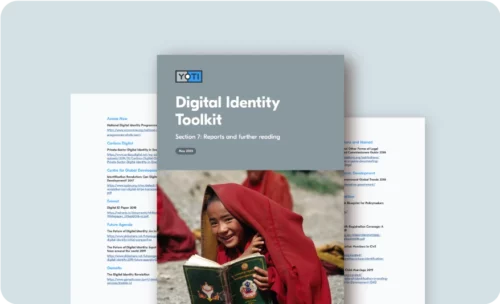
Section 7
Reports and further reading
This section contains a directory of reports on digital identity for those who wish to delve further into this rapidly developing area of work or would like to read about digital identity in action.
